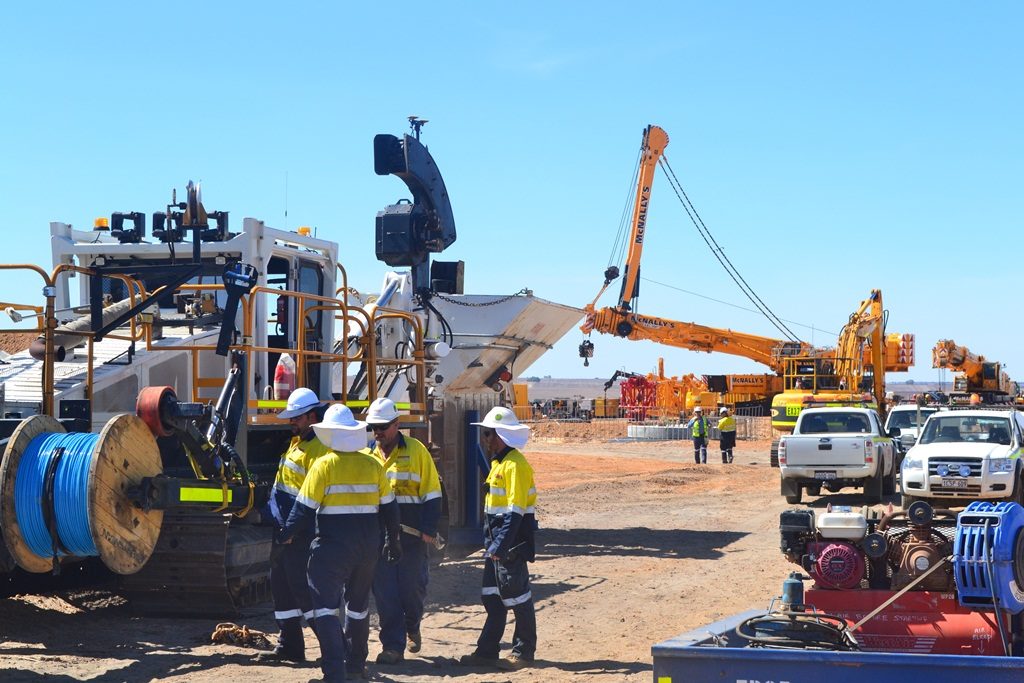
Before any outdoor construction can begin at a business or residential property, it is important to locate the pipes, lines, or cables for underground utilities. Cutting into the wrong area could be dangerous as a gas line or an electrical cable could accidentally be cut, resulting in electrocution of a worker, or the release and accumulation of natural gas. Fortunately, there are several methods available for locating underground utilities.

Methods of Location
There are many location services that will survey the ground around a property before any construction or landscaping work is done at the site. When a utility is found, the locator determines what type of utility it is, and it is marked with a coloured flag. The flag not only identifies what the utility is, but it lets the construction company know where to avoid digging.
Many location service companies use several methods to help locate utilities. Among these methods are:
- Dowsing
- Hydro or Vacuum Excavation
- Acoustic Pipe Location
- Electromagnetic Location
- Ground Penetrating Radar
Dowsing
This method is not used by most large locator services, but an experienced locator may still use this method for locating water lines. Dowsing rods can help indicate whether there is an active pipeline beneath the ground, although they do not indicate the depth of the pipe. Dowsing is one of the oldest methods of detecting underground water, and it has been used since the Middle Ages.
Hydro or Vacuum Excavation
These methods, which are also called potholing, are quick ways to locate utility lines without causing any destruction. With vacuum excavation, high pressured air breaks up the soil, which is then pumped into a tank. For more difficult soil, high pressured water is used to break up the soil, and it is also pumped into a tank to help expose underground utility lines.
Acoustic Pipe Location
This method is used to help locate both water and sewer lines beneath soil, grass, concrete, gravel, or asphalt. The APL device sends pings down into the ground, and the operator monitors the wave patterns returned to the instrument. The wave patterns help indicate the location of the lines within a few minutes.
Electromagnetic Location
This is one of the most commonly used methods for detecting gas, electric, cable, propane, water, sewer, and other types of utility lines. The locator uses electromagnetic radio frequencies to locate conductive materials in the ground that indicates the presence of a utility line. However, this method does have its limitations, since it cannot locate certain types of pipes or lines made from unmarked plastic, asbestos, terra cotta, or non-ductile pipes.
Ground Penetrating Radar
Companies that provide underground services in Perth often use GPR to locate utility lines when other methods cannot detect them. The equipment emits radio waves into the ground that are deflected back up to the operator, who then sees the objects on the readout. It can help detect buried manholes, cables, pipes, and tanks.
It is important to locate utility lines to prevent any injuries on a job site.
